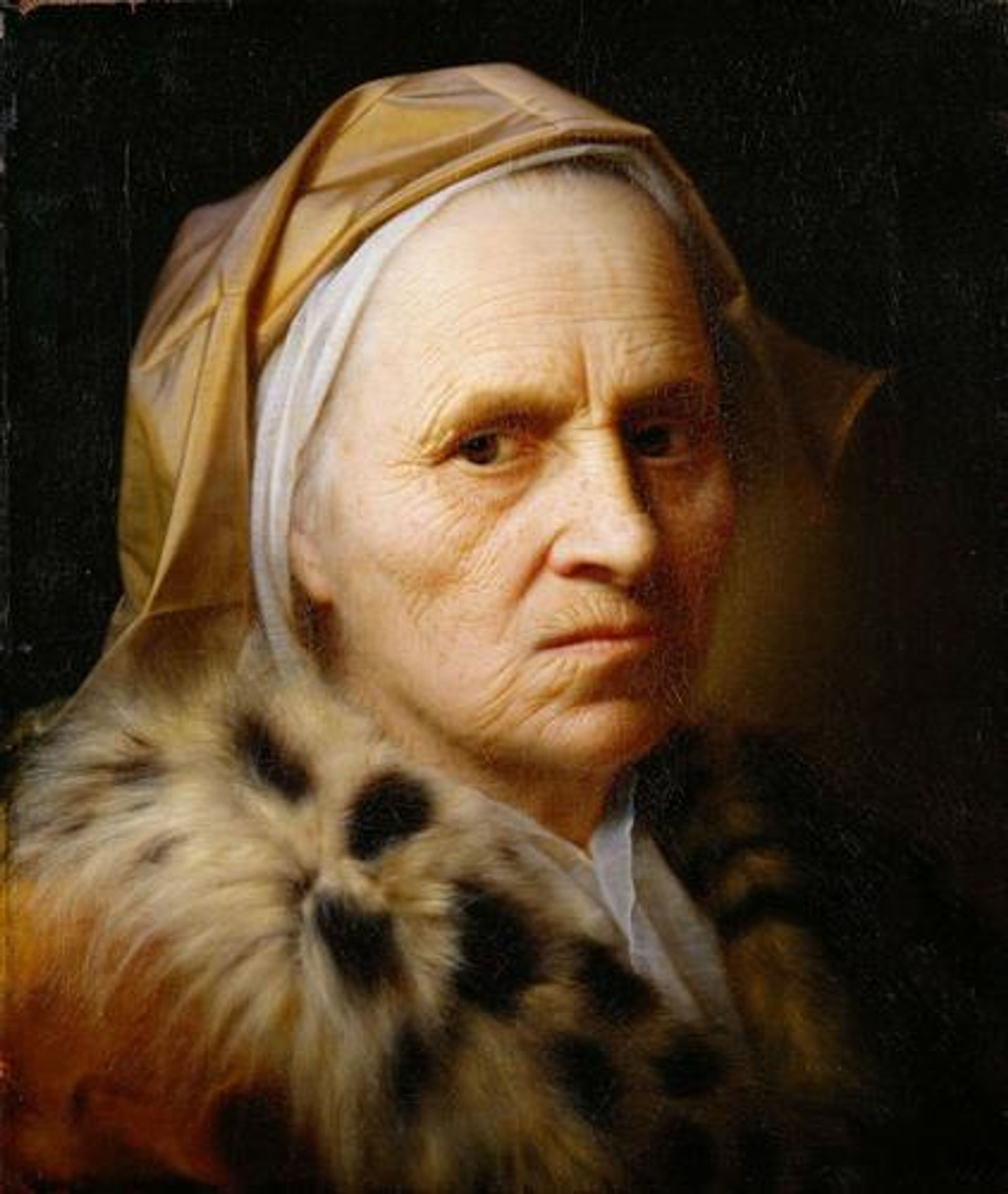The Musée des Augustins in Toulouse, France has put on the first show to examine “fantasy figures” in European art from the early 16th through late 18th centuries with Ceci n’est pas un portrait: figures de fantaisie de Murillo, Fragonard, Tiepolo (This is not a portrait: fantasy figures by Murillo, Fragonard, Tiepolo), on through 6 March. Only four of the 82 portraits on view come from the museum’s own collection, so it is a chance to discover gems—sometimes hidden—from collections all over Europe, including Madrid’s Museo Thyssen-Bornemisza, which loaned the poster picture, Boy in a Turban holding a Nosegay (around 1661) by the Flemish painter Michiel Sweerts.

Called “fancy figures” in England at the time, these imaginative depictions, sometimes with exotic costumes, were a genre-bending playful liberation for artists. They appealed to élite collectors, such as the Holy Roman Emperor Charles VI, who owned Balthasar Denner’s Portrait of an Old Woman (around 1721), on loan from the Kunsthistorisches Museum in Vienna—a wrinkled study of old age that demonstrates that “fantasy” sometimes allows for the most human of depictions.

